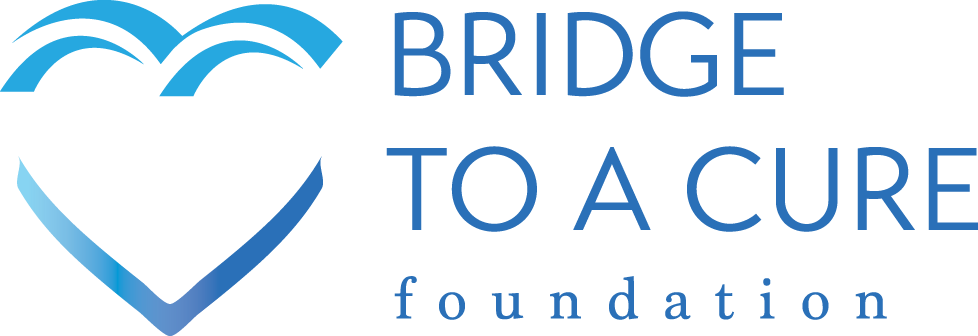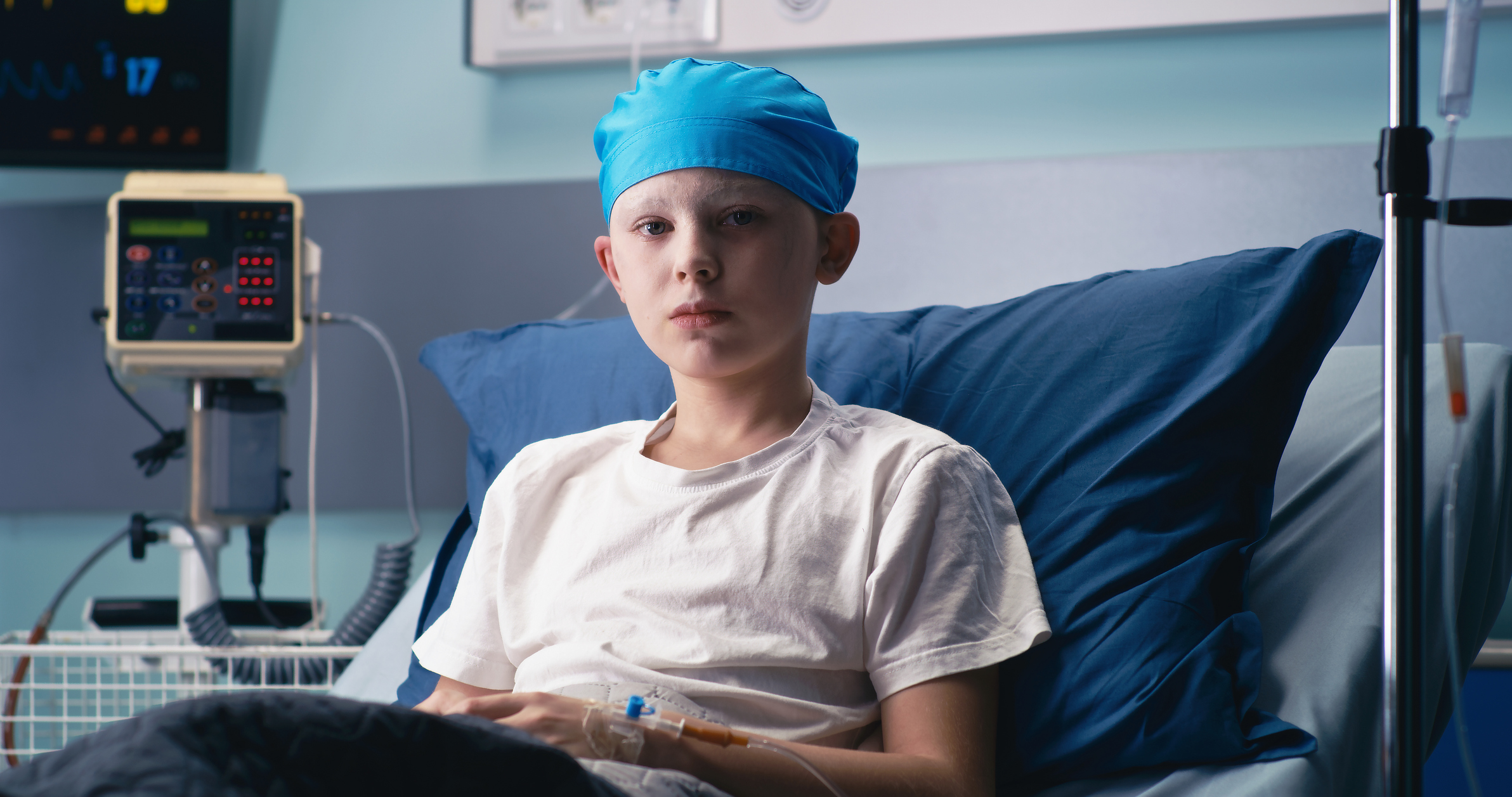In this, the third of our three-part series on leading-edge research in childhood cancer, Bridge To A Cure informs of a novel approach to research in which we are investing. We’ve taken a look at scientific approaches in the areas of immunotherapy and angiogenesis. Now, let’s explore what else researchers are uncovering within kids’ own bodies to combat challenging and often aggressive childhood brain tumors, apoptosis.
Apoptosis: Programming Cancer Cell Death To Save A Life
Often called “programmed cell death,” apoptosis is a crucial process in developing and maintaining healthy tissues in the body. It allows the body to remove cells that are no longer needed or that could potentially become harmful, such as damaged, diseased, or cancerous cells. In the context of childhood brain tumors, leveraging apoptosis has emerged as a promising therapeutic strategy.
Childhood brain tumors represent a diverse group of diseases that vary significantly in their prognosis and treatment options. Traditional treatments, such as surgery, radiation, and chemotherapy, often referred to as “standard of care,” has been devastating to the children with brain tumors and their parents:
The Journey is Horrific
- Frightful, excessive, and severe chronic pain
- Excruciating and harmful emotional strain
- Work disruption/Financial devastation
- Ongoing deep psychological damage
Those that Survive, Suffer
- 95% who survive have significant health-related issues later in life
- The emotional strain continues
- Occupational/Financial recovery is a serious challenge
The strategy of inducing apoptosis in cancer cells offers a targeted approach to therapy, aiming to minimize harm to healthy tissues while effectively eliminating cancer cells.
Cancer cells often evade apoptosis, which is one of the reasons they can grow uncontrollably. By understanding the molecular mechanisms that underlie this evasion, researchers will be able to develop drugs and therapies that can specifically trigger apoptosis in cancer cells.
One approach to induce apoptosis in childhood brain tumors is with targeted therapies that home in on specific genetic mutations or pathways that are active in cancer cells but not in healthy cells. For example, some drugs can target the proteins involved in the pathways that regulate cell survival and death, effectively reactivating the apoptosis process in cancer cells.
Another promising strategy involves immunotherapy, which enhances the body’s immune response against cancer cells. Certain types of immunotherapies can help recognize and destroy cancer cells by triggering apoptosis, offering a more personalized and effective treatment option for pediatric brain tumor patients.
Gene therapy is also being explored to correct the genetic mutations that prevent apoptosis in cancer cells. By repairing or replacing the defective genes, this approach seeks to restore the natural process of programmed cell death, thereby reducing tumor growth and potentially leading to a cure.
The use of apoptosis in treating childhood brain tumors represents a significant shift towards more targeted and less toxic treatments. While research in this area is ongoing, early clinical trials and studies have shown promising results, offering hope for more effective and safer treatments for young patients with brain tumors. Bridge To A Cure wants to accelerate progress in this area via a research initiative that draws on the databases now available and the analytical/diagnostic capabilities of artificial intelligence. The goal is to replace the horrific standard of care approach used today with an approach that is nontoxic and that cures.






